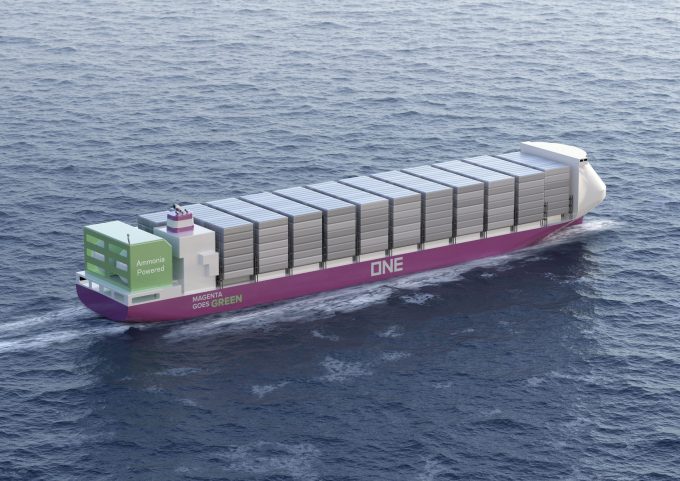Mercedes-Benz places record order for SAF with DB Schenker
DB Schenker has received its largest single order for sustainable aviation fuel (SAF) with Mercedes-Benz’s ...

Ammonia, rivalling methanol in the next-generation fuels race, received a vote of confidence from Ocean Network Express (ONE) today with its approval-in-principle for a 3,500 teu ammonia-fuelled box ship.
Developed by ONE, Nihon Shipyard and classification society DNV, the vessel design features twin ‘type-B’ spherical ammonia tanks aft, apparently sacrificing around 320 teu of capacity.
Potential spillage is one of the main concerns over ammonia, one expert warning the fuel could “sterilise cubic miles of ocean” if it leaked into the sea.
It ...
Asia-USEC shippers to lose 42% capacity in a surge of blanked sailings
Why ROI is driving a shift to smart reefer containers
USTR fees will lead to 'complete destabilisation' of container shipping alliances
New USTR port fees threaten shipping and global supply chains, says Cosco
Outlook for container shipping 'more uncertain now than at the onset of Covid'
Transpac container service closures mount
DHL Express suspends non-de minimis B2C parcels to US consumers

Comment on this article